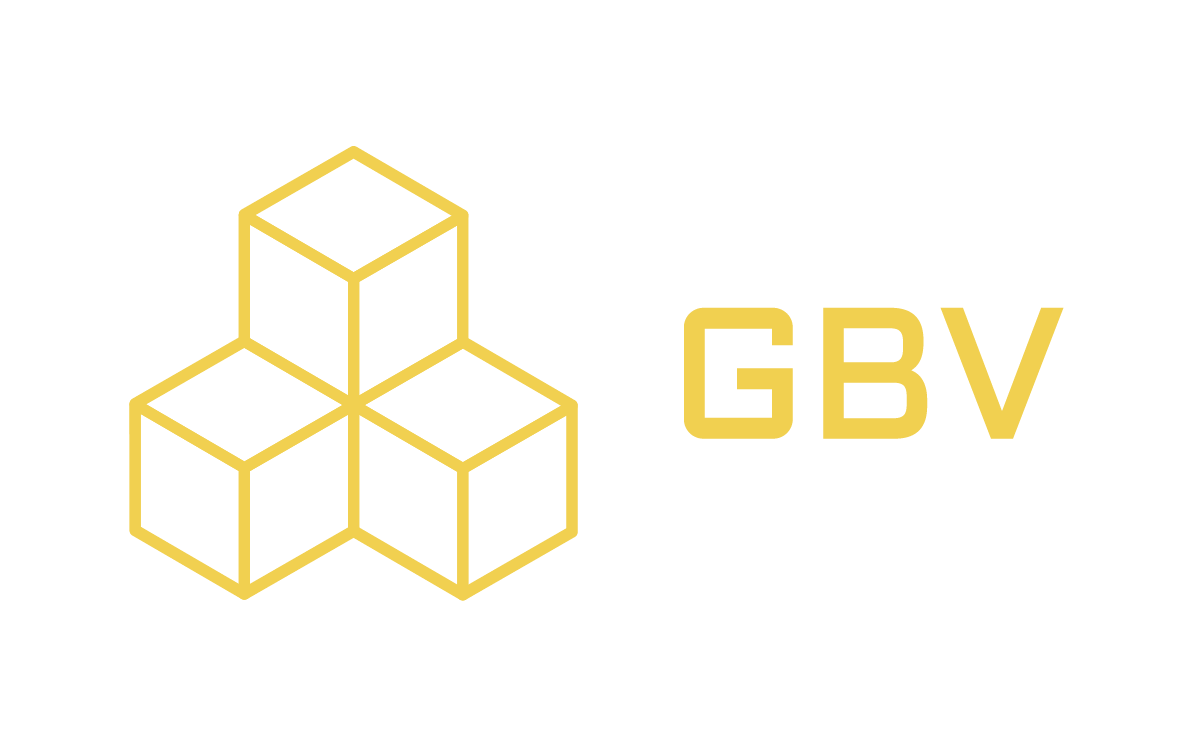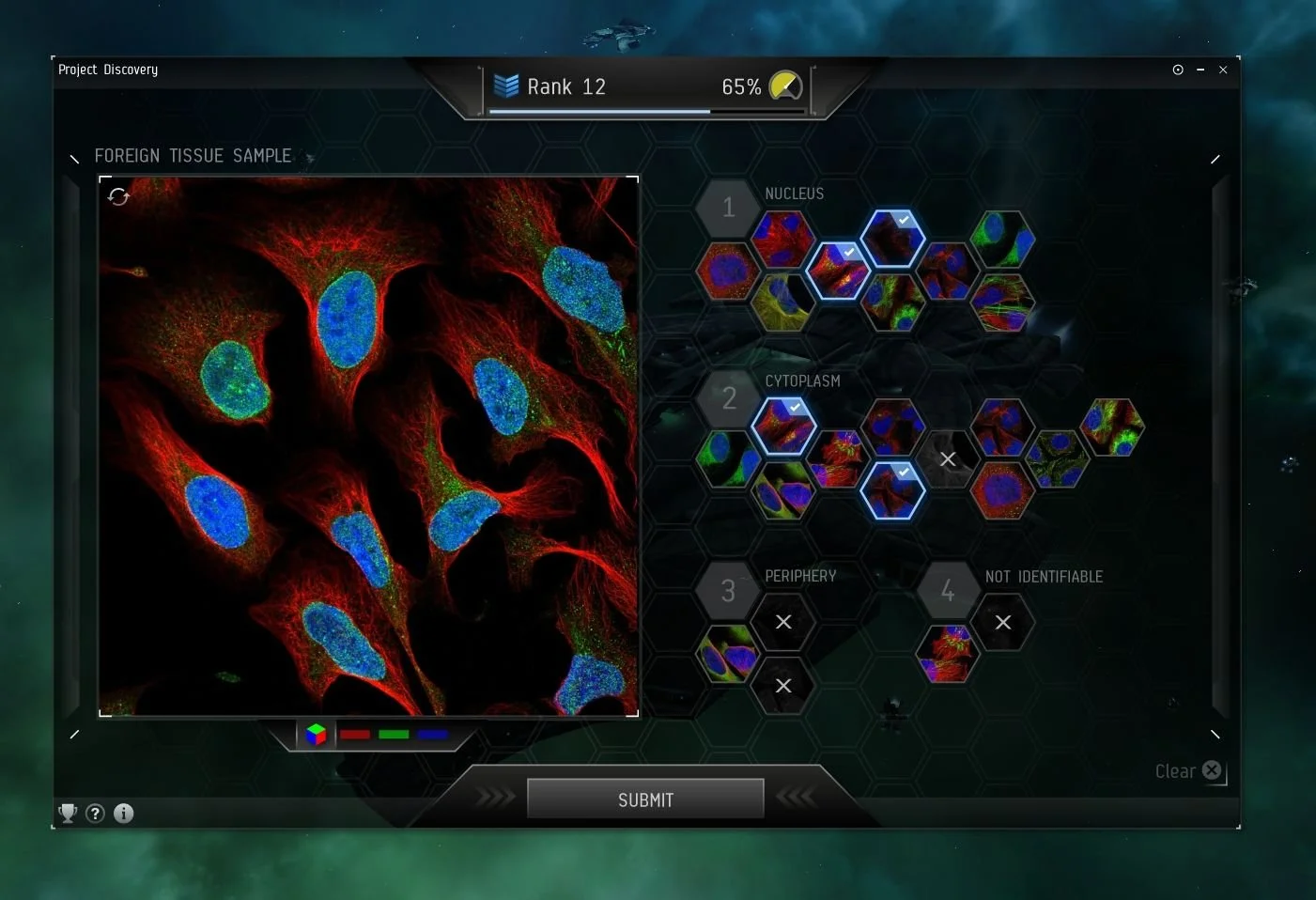On Decentralised Research, Mersenne NFTs, and a Memecoin Idea
In the early days of the internet, when computer power was still expensive, one of the ways for research projects to process mountains of data was through distributed computing. And one of the most notable pioneers of this technology was the famous SETI@home programme.
The Arecibo telescope in Puerto Rico receives radio signals from outer space. The idea is that some of these radio signals might be from alien civilisations. To identify which radio signals might be from alien civilisations, one has to sift through the signals and identify particular patterns. The scientists wrote up a programme to do just that, but with limited computational power, the solution they came up with is to make it possible for anyone to download the programme and start processing the data in their own personal computers. In 2009, some 5 million signed up for this programme, and it has proven to be a landmark success of distributed computing - though no alien civilisations have been found, yet.
The setup should already appear similar to anyone familiar with bitcoin mining, except that there is no monetary reward for your computation effort. Participants effectively donated their computational power for no reward, except perhaps feelings of participation and belonging. A form of communal nerdism essentially. But what if participation in such distributed research programmes were monetarily rewarded?
Decentralised Research Projects are Nothing New
SETI@home was by no means the only instance of decentralised research. The Great Internet Mersenne Prime Search, founded in 1996 to look for prime numbers of the form 2^n - 1, has as of the time of writing found seventeen Mersenne primes, fifteen of which were the largest known prime number at their respective times of discovery. ABC@Home, founded by Leiden University, aims to find triples related to the abc conjecture, one of the greatest open problems in mathematics. In fact, there’s a whole list of such projects on wikipedia.
To truly see the financial potential of decentralised research, one only has to look at the collaboration between folding@home and EVE Online through their project called Project Discovery. Project Discovery is a minigame inside the space-battle themed MMORPG game EVE Online, where participants can do data-labelling work in exchange for Inter Stellar Kredits (ISK), the in-game currency of EVE Online. Tasks in the first iteration of Project Discovery was protein labelling of human cells, the second iteration was exoplanet data processing, and the third iteration was data analysis of COVID-19 data. In the first iteration of Project Discovery, in a mere span of six weeks, some eight million classifications were done by players in 16.2 million minutes - which amounts to some 163 years of work.
The gamification of science is nothing new. For example, Foldit is a game in which players play to fold proteins in certain configurations. The issue they faced, aside from slow development, is the fact that user-onboarding is going to be difficult. The success of Project Discovery lay in two elements: (1) it was integrating gamified research into a game with millions of existing players, and (2) participation was rewarded monetarily, even though it was just an income currency. It is therefore a simple leap to cryptocurrencies to supercharge these scientific projects.
SETI@Home was motivated by the scarcity of computer power. Though we now live in a very different age where computer power has massively improved, this does not give one reason to brute force your way through every problem. Our computer powers might have increased exponentially, but so have the difficulty of the problems we are interested in solving.
In fact, for any data-labelling problem or any problem where verification is easy but the solution is difficult to obtain (NP problems essentially), Decentralised Research could very well make a dent.
Furthermore, there’s the argument to be made that the decentralised and gated nature of peer-to-peer journals and research universities is doing a massive disservice to scientific development by only involving members of the First World. How many Ramanujans have we left out today by limiting mathematical research to only those who are enrolled in a university? How many Terence Taos are left undiscovered? In the same way that DeFi gives the power of finance to the masses, Decentralised Research grants the opportunity to do research to the masses.
PrimeCoin and ProofCoin
How may one construct a Decentralised Research protocol? Let us discuss only through the simple example of searching for Mersenne Primes.
What we need here is a smart contract that takes in a number, mint tokens (let’s called them “PrimeCoins”) to the msg.sender if the number is a Mersenne Prime, does nothing if it isn’t. This is simple, as the verification of whether a number is a Mersenne Prime is easy.
In addition to minting PrimeCoins, one can also mint NFTs with the Mersenne Prime as part of its metadata. It should be pretty obvious that such an NFT should preserve its value as good as the OG NFTs such as Bored Ape and Punks - if the value of Bored Apes and Punks are derived from their unique historical significance as the first batch of NFTs to ever exist in human history, the value of Mersenne Prime NFTs would be derived from the historical significance of the discovery of these numbers, and would be supported not just by a small group of VCs and crypto degenerates who got into the game early, but by the sum of all mathematicians, today and tomorrow. And unlike jpegs, where derivatives and lazy copy-cats can spring up left and right, as it did CryptoPhunks with Punks, there is literally no way to pull a derivative. A LootProject set-up could be possible for the determination of the visual appearance of the Mersenne Prime NFT by running the metadata of the Mersenne Prime (presumably its mathematical properties) through jpeg generating algorithms. One can further bolster these Mersenne Prime NFTs by incorporating reflective tokenomics into them - like SafeMoon - where holders of Mersenne Prime NFTs would be entitled to some amount of PrimeCoins minted by future Mersenne Prime discoveries.
And of course, the tokenisation of numbers into ownable properties, opens up the possibility of the tokenomics of all kinds of metaphysical objects. Indeed, NFTs are very much like atoms. Their programmability has opened up the possibility for computer scientists to play with metaphysics.
But suppose we are a little bit more ambitious. We are not just only interested in Mersenne Primes. We want to direct the attention of the masses to solving difficult mathematical theorems. How might one do that?
What might do just the trick, is to incorporate some kind of Automatic Theorem Prover into the smart contract. Instead of verifying whether a number is a Mersenne Prime, we now proceed to verify a proof by an automatic theorem prover on-chain. Proofs, appropriately written, would be accepted as input, which is then verified by the smart contract, and minting is commenced if the proof is solid. Of course, whether a proof qualifies to be included in the list of proofs where the smart contract would mint ProofCoins as rewards, is to be decided by a DAO of sorts.
Of course, here, one might ask, if we already have Automatic Theorem Provers, then how would this protocol be able to guard against people using Automatic Theorem Provers to hunt for proofs and then spam the protocol with discoveries they made? The simple answer is that Automatic Theorem Provers are actually not very good. They are not actually very good at searching for good proofs. The complicated answer is that it is actually impossible to know beforehand if a proposition will actually have a proof. It is not possible for an Automatic Theorem Prover to know if a proposition will actually be provable. This means, when an Automatic Theorem Prover starts a process of proving, it is very much searching blindly, with no knowledge whether it will stop. Verification of a proof is different from the construction of a proof. Verification is easy. Construction is extremely difficult. To put in more mathematically precise language, the mathematics we face is such that there are true statements where we cannot prove. So there is no way an automatic theorem prover can know at the outset whether a proposition is provable. That’s Gödel’s Incompleteness Theorem for you.
Of course, gas costs are a major hindrance to this project. But that should not be a reason for us to defenestrate this idea so early. We have reasons to believe that the advent of scalable blockchains in the near future shall make this idea practical.
Indeed, one might even mint ProofCoins into some jackpot address for every unsuccessful proof submitted to induce further motivation. Thousands of incorrect proofs for Fermat’s Last Theorem were submitted to the Wolfskehl committee, amounting to roughly 10 feet (3 meters) of correspondence. One could imagine the jackpot for the ABC conjecture or the Riemann Hypothesis. And what this jackpot structure amounts to essentially, is a quasi-burn mechanism.
A Memecoin for Mathematicians
There’s no reason why PrimeCoins or ProofCoins cannot be one single token. In fact, it is probably imperative for a token where minting is done by mining through research to incorporate as many prudent forms of research as possible. This is to induce a steady rate of inflation, preferably one that emulates Dogecoin.
In fact, such a token should be designed such that it takes up memecoin properties, for its basic value support is fundamentally meme-like. However, if one could make this memecoin spendable, like how Dogecoin is spendable on Shopify, then we will have created a token that serves as proper money, and a token that supports scientific research on a large scale.
If you like this piece, please follow the author at @noctemn2021 on twitter.





